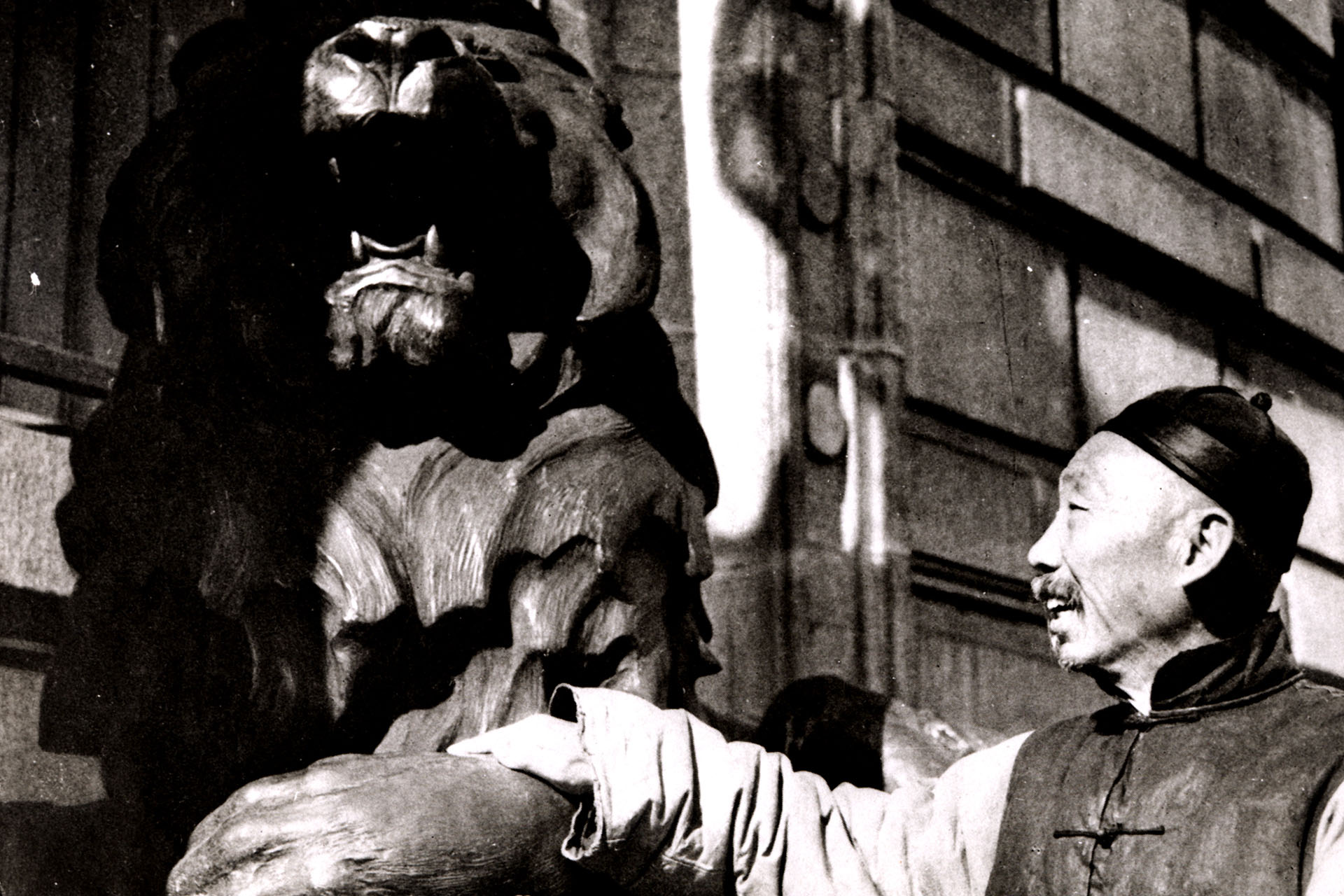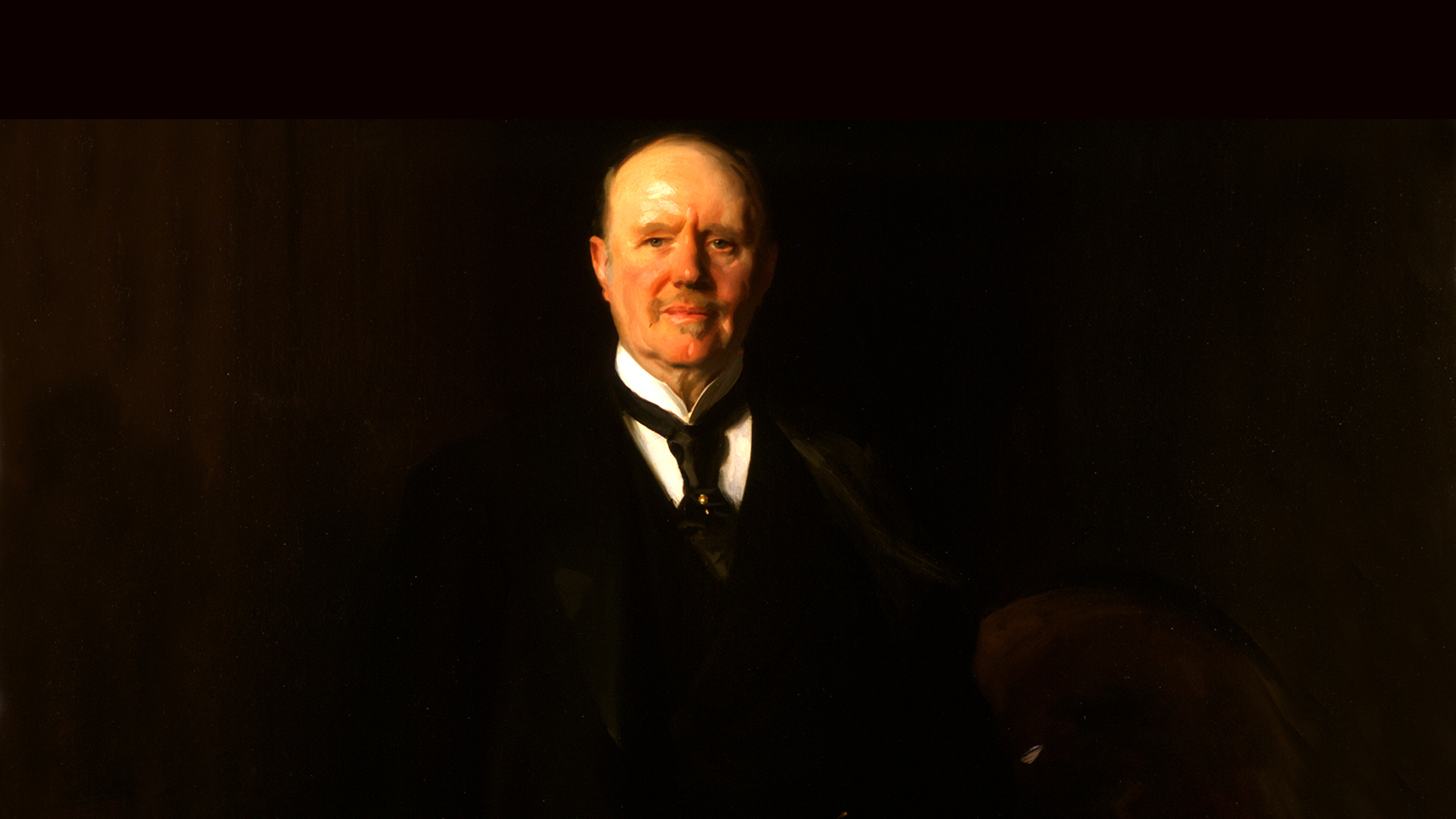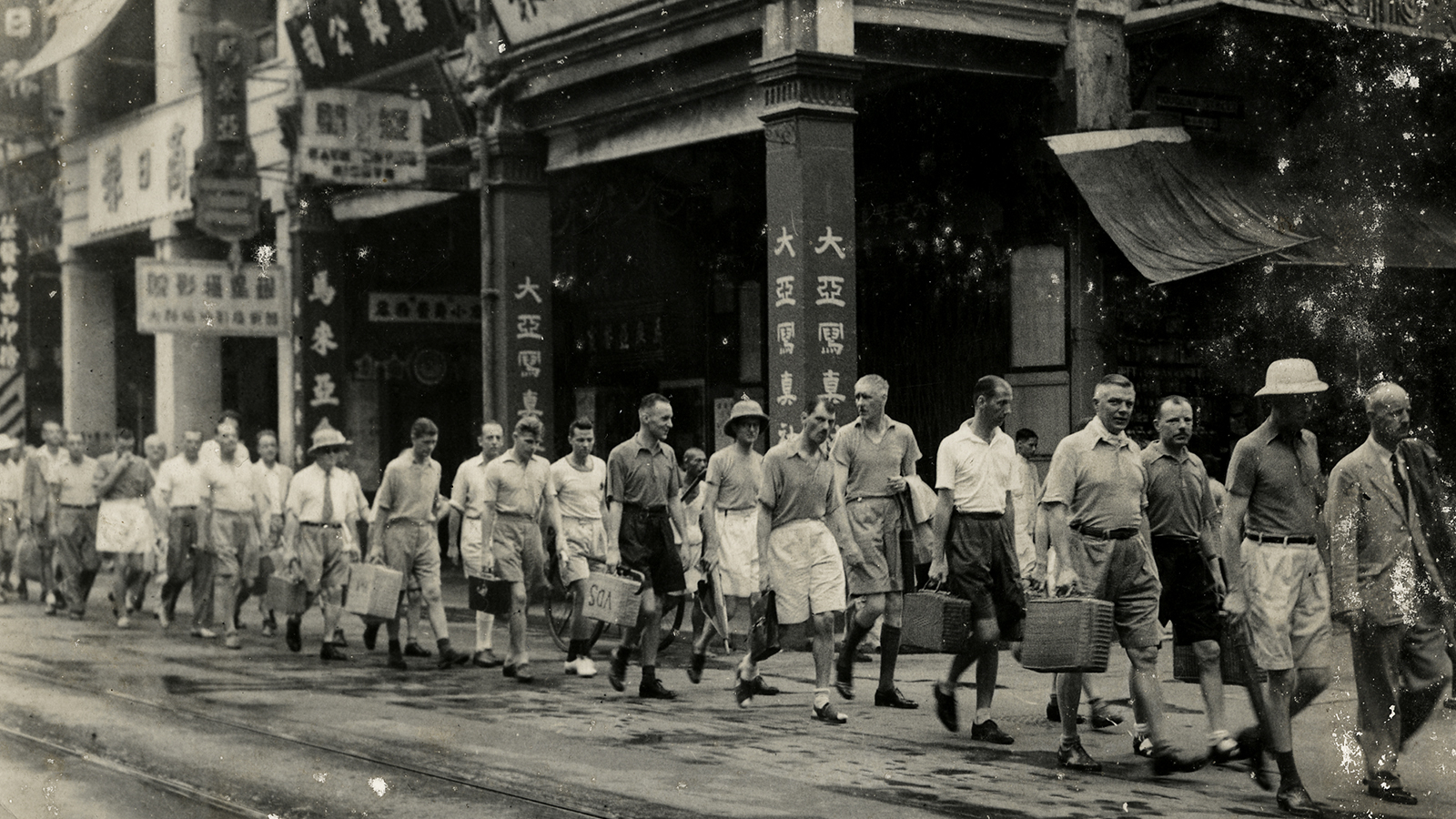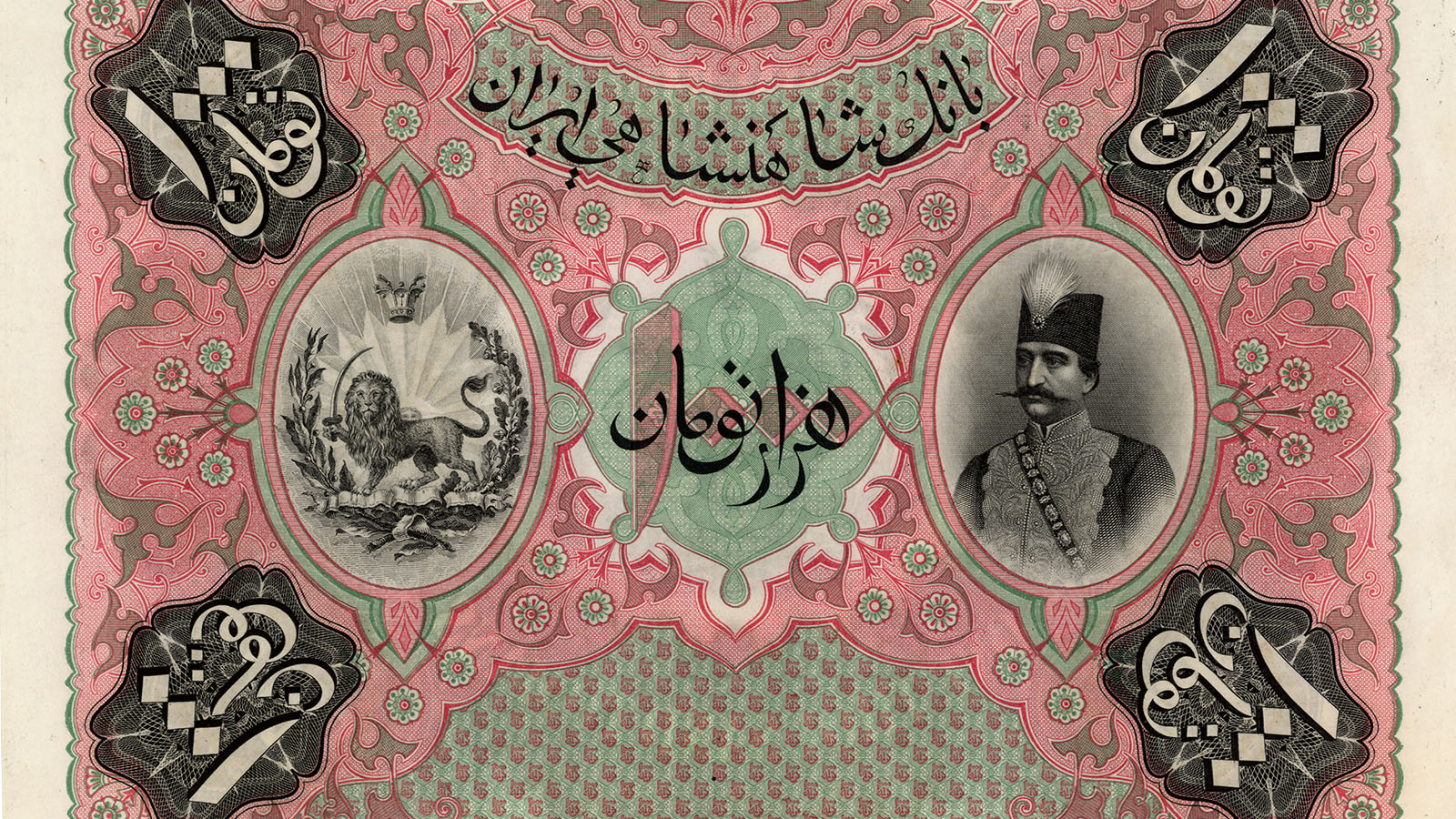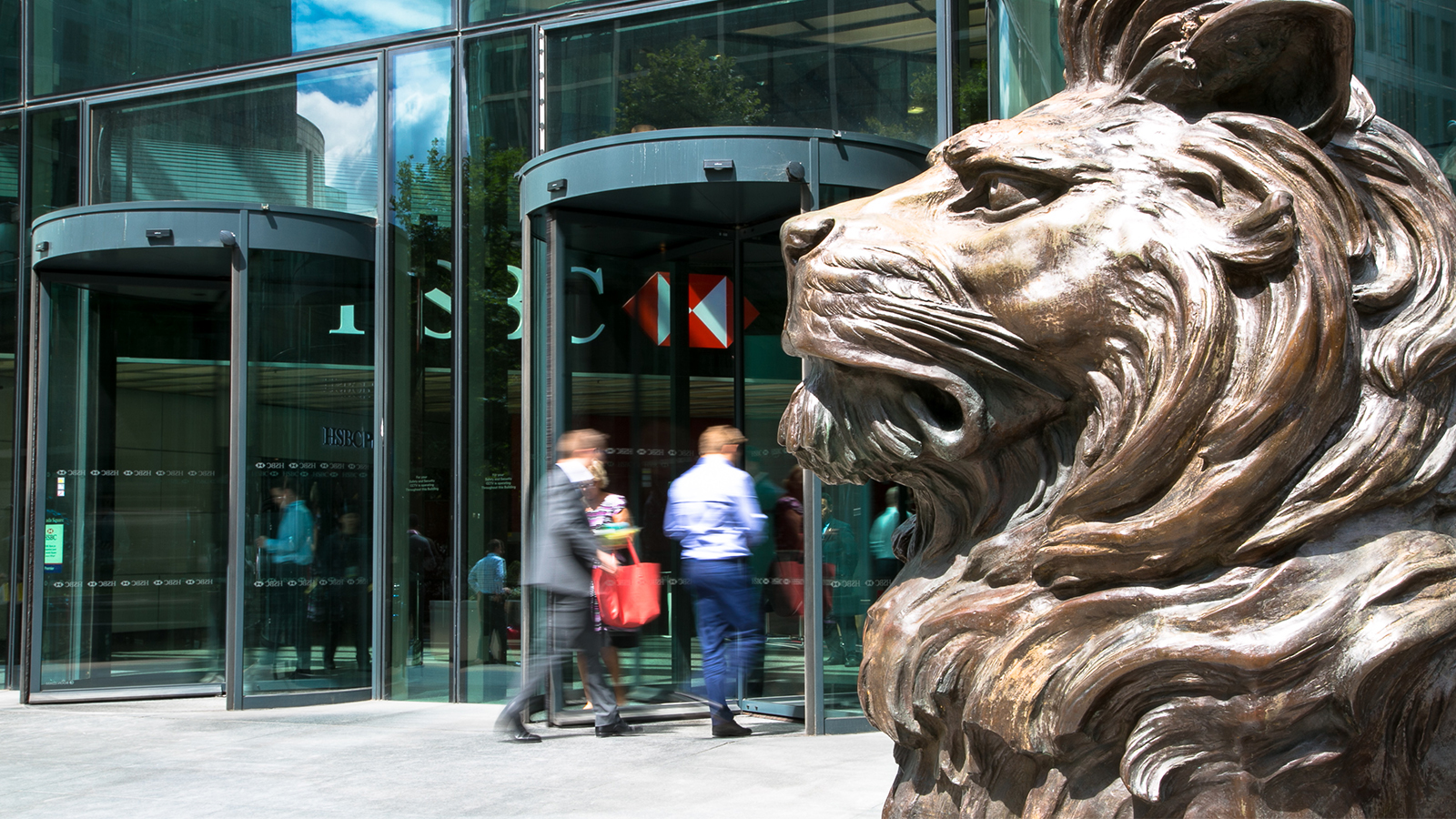Introduction
How did a local Hong Kong bank become one of the world’s largest financial services organisations? Read the story of HSBC’s birth and international expansion – and how we have been supporting customers for more than 150 years.
Local bank opens to support trade
HSBC was founded by Thomas Sutherland, a young Scotsman working in Hong Kong for a large shipping firm. He had never held a bank account himself, but while sailing along the South China coast in 1864, he read an article on Scottish banking that inspired him. Local and foreign trade in Hong Kong and at ports in China and Japan had increased rapidly in the preceding few years, and Sutherland recognised that businesses needed better local banking facilities.
Sutherland decided to set up a bank that would be owned and managed locally and would support international trade. So the dynamic Scot created a prospectus and used his standing and connections in the Hong Kong business community to gain support for the venture. By the time the prospectus was published, Sutherland had the backing of 14 of the biggest firms operating in Hong Kong. The founding capital was HKD5 million, consisting of 20,000 shares at HKD250 each. The shares sold quickly and The Hongkong and Shanghai Banking Corporation Limited was born.
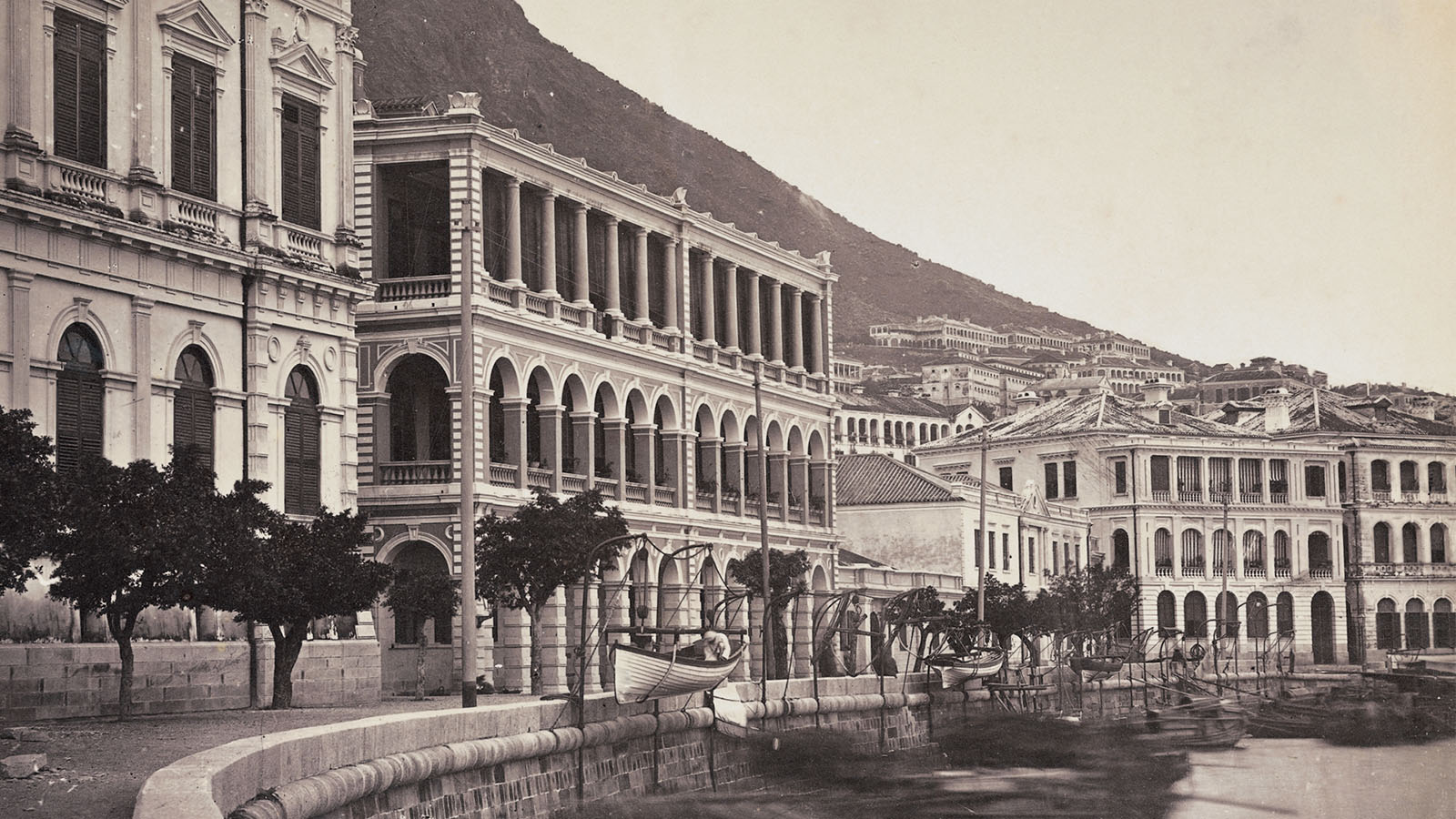
1865
The first branch
HSBC opened its doors in Hong Kong on 3 March 1865 and in Shanghai a month later. Its first office was in Wardley House (pictured above) at 1 Queen’s Road in the City of Victoria, the heart of Hong Kong’s Central district. The bank has built a series of head offices on the site since and 1 Queen’s Road Central remains the bank’s Hong Kong headquarters today. In July 1865, the bank opened an office in London to enable exchange operations with China and India and to help it recruit and train junior bankers.

1866
Early storm
Six of Hong Kong’s 11 foreign banks collapsed in early 1866 because of bank runs, with worried customers rushing to withdraw money from their accounts. HSBC survived and earned a reputation for resilience. The Chinese population of Hong Kong began to call HSBC ‘Wayfoong’ (written in Chinese above), which means “abundance of remittances” or “focus of wealth”.

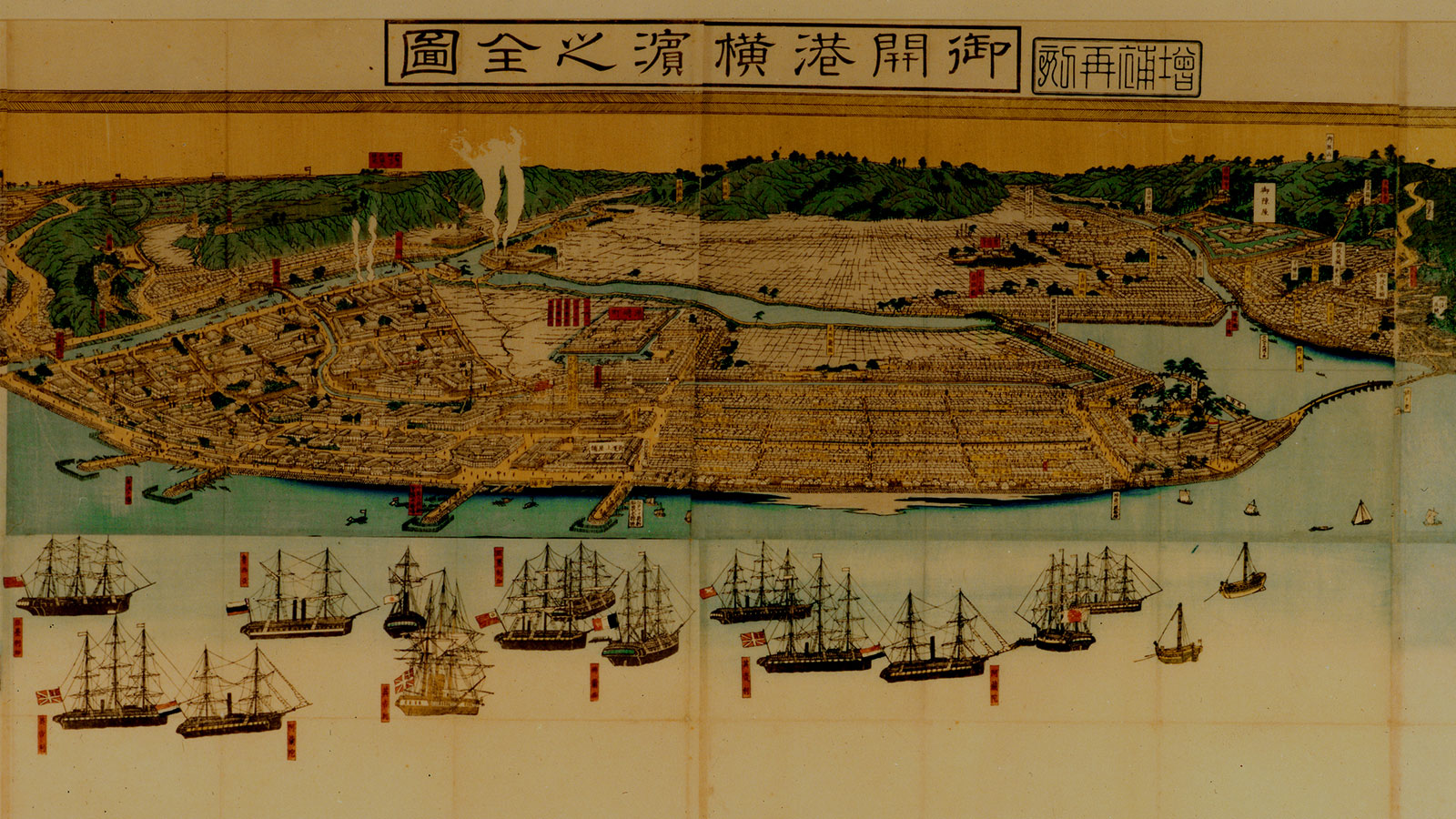
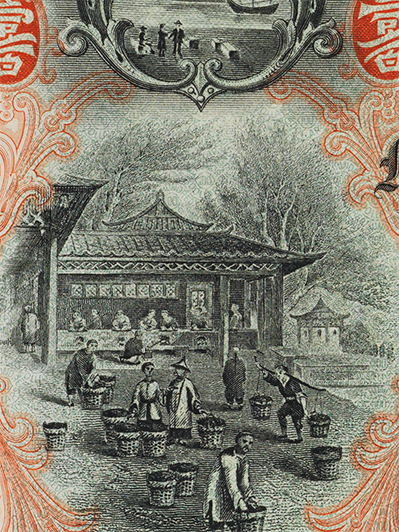
1875
Spreading its wings
International trade has always been at the heart of HSBC’s business. By 1875, the bank had expanded into seven countries across Asia, Europe and North America. It opened branches in the ports of Yokohama, Japan (pictured above); Kolkata, India; Ho Chi Minh City, Vietnam; and Manila, Philippines. The bank financed the export of a variety of exports including tea and silk from China, cotton and jute from India, and sugar from the Philippines.
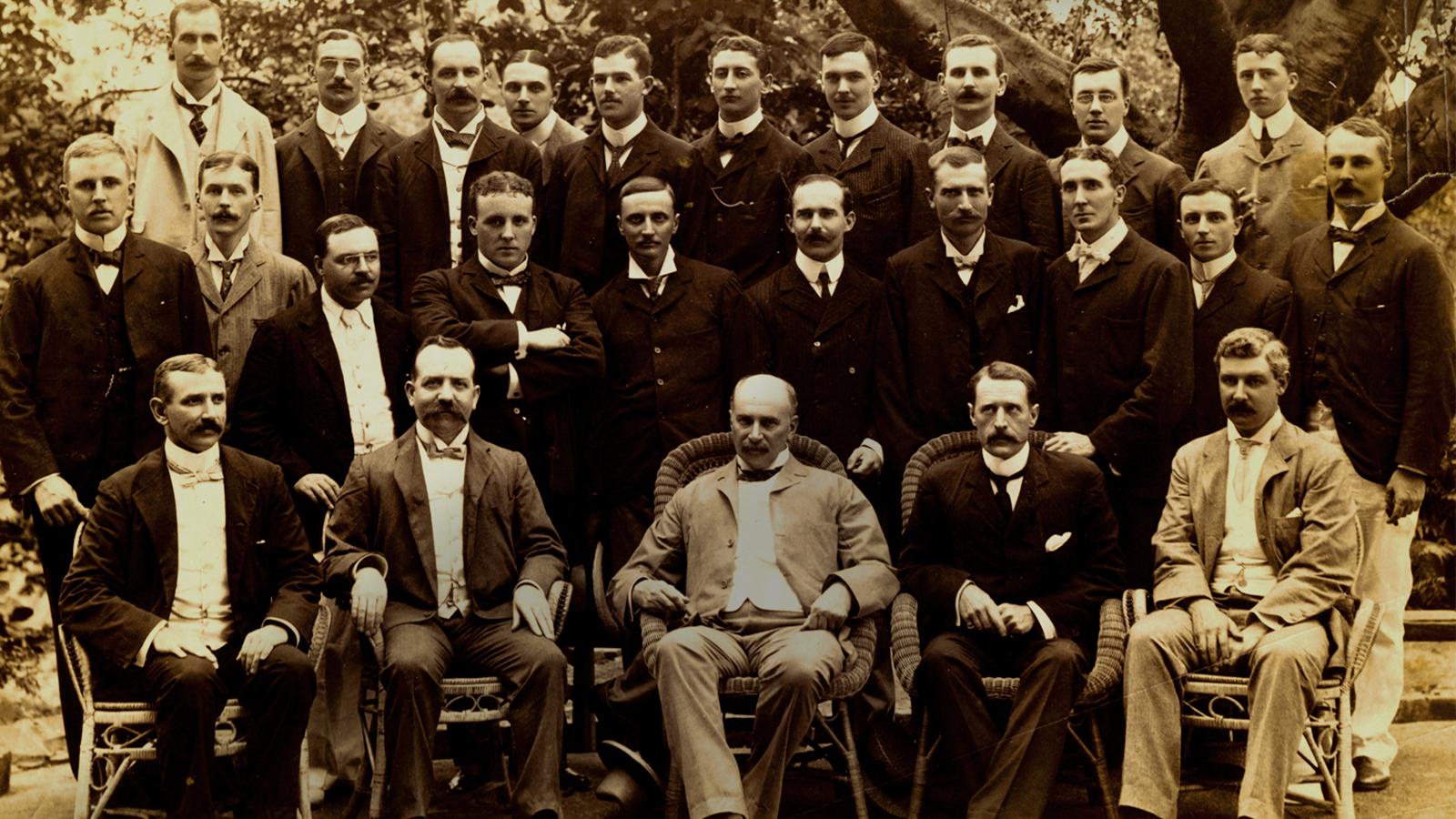
1900
Building the railways
The much-respected Thomas Jackson (seated, centre) was HSBC’s Chief Manager for three periods between 1876 and 1902. The bank prospered under his management and by the turn of the 20th century was operating in 16 countries and territories. It had also expanded its government finance business and had issued many loans for government railway and other infrastructure projects, including China’s first public loan in 1874.
Surviving in challenging times
War and economic disruption inevitably meant that the first half of the 20th century was a difficult time for HSBC.
After the First World War, the bank expanded in Asian markets, where trade in rubber and tin was booming. The expansion of branches in Bangkok, Manila and Shanghai underlined its confidence in business in the region. But along with its customers, HSBC suffered during the Great Depression. In the 1930s, its inner reserves were drawn down and the bank focused most of its resources on survival rather than expansion. Staff bonuses were cut or cancelled and shareholder dividends were reduced.
The Second World War was an even tougher period for the bank. It survived thanks to its significant reserves and careful management, which allowed the business to retain a strong foundation for growth when peace returned.
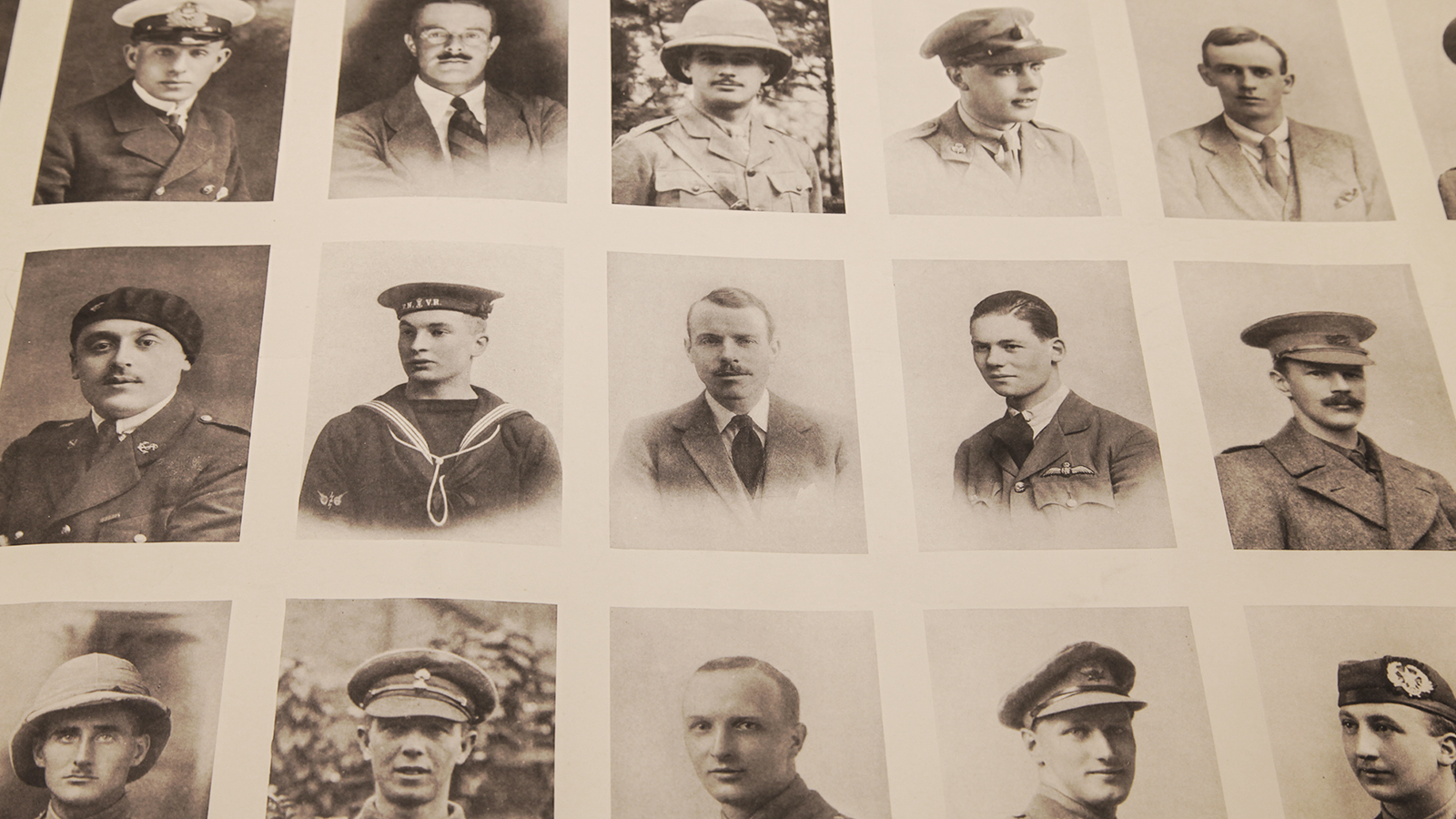
1914-18
War victims
Despite its focus on Asia, HSBC was still affected by the First World War. Forty of the 169 HSBC employees from the bank’s London office who joined the British forces during the war were killed or listed as missing in action. Conscription also meant there was a shortage of new recruits and staff were placed on extended postings.

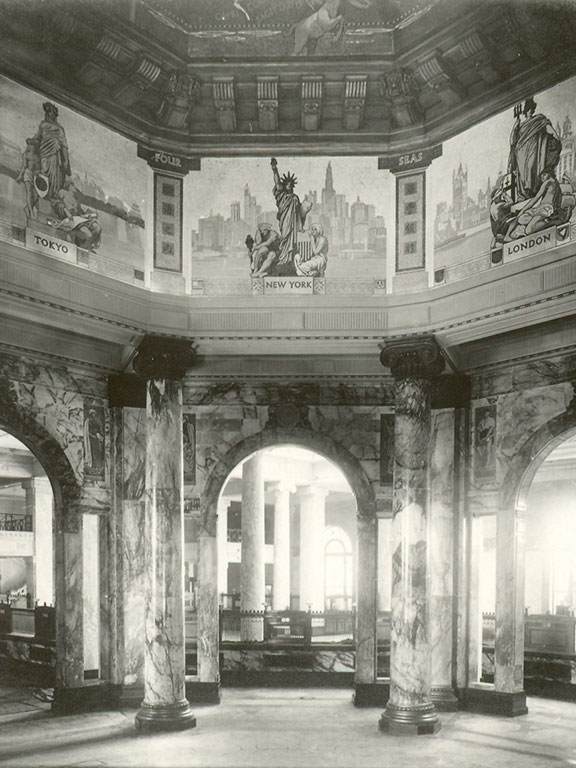
1923
A new Shanghai office
Having played a key role in the development of China’s infrastructure in the late 19th century, HSBC was the leading foreign bank in China through the 1920s. In 1923 it opened a new office (above) on Shanghai’s famous waterfront area, the Bund. This featured a Venetian mosaic dome (pictured) and the first pair of HSBC’s famous lions, who were nicknamed Stephen and Stitt after senior managers from this era. The Shanghai branch financed local tea and silk exporters and provided foreign exchange services as well as funds to Chinese traders.

1941
Troubled war years
Following advances by the Japanese army in December 1941, including on Hong Kong, HSBC was forced to shut most of its network in Asia. Its employees often showed tremendous courage, sticking to their posts until the last minute to help customers access cash or send money abroad. Many British staff were captured and held as prisoners of war or were interned in civilian camps. The bank moved its head office to London on 16 December 1941.
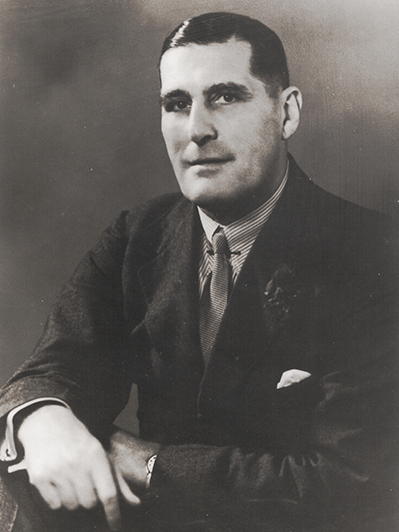
1943
Chief Manager dies
Sir Vandeleur Grayburn was HSBC’s Chief Manager in the 1930s and was known for his shrewd management style. In 1941 he was captured in Hong Kong by occupying troops and held at the Sun Wah Hotel. He tried to help staff interned in Stanley camp by smuggling in money for food and medical supplies, but these efforts were discovered. Grayburn died in prison in August 1943 from meningitis and septicaemia.
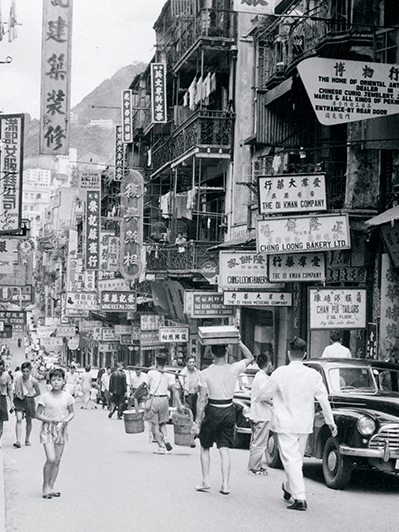
1946
Rebuilding the economy
Following the end of the war, HSBC moved its head office back to Hong Kong. It played a key role in the reconstruction of the local economy. Hong Kong was reinventing itself as a manufacturing centre and the bank began a new line of business granting loans to build cotton mills and textile factories.
Branching into new territories
The second half of the 20th century was a period of great change and growth for HSBC. During the 1950s the bank closed its China network – apart from its Shanghai branch – following the establishment of the People’s Republic of China. This meant it had to adapt and diversify. The bank started to make its first acquisitions, such as The British Bank of the Middle East (BBME; pictured above is a banknote issued by BBME in the early 20th century). By the time of its centenary in 1965, HSBC had a network of 170 offices across the globe.
It continued to expand its presence in its birthplace too. In Hong Kong, the bank focused on retail banking and industrial financing in the 1960s and 1970s, opening a large branch network. The city had also become one of the world’s most important financial centres and foreign banks arrived to tap into the booming stock market. HSBC responded to competition by founding its own investment banking subsidiary, Wardley, in 1972.
The end of this period saw HSBC return to growing its business in China and establishing or buying new subsidiaries in Australia, New Zealand, Canada and the US.
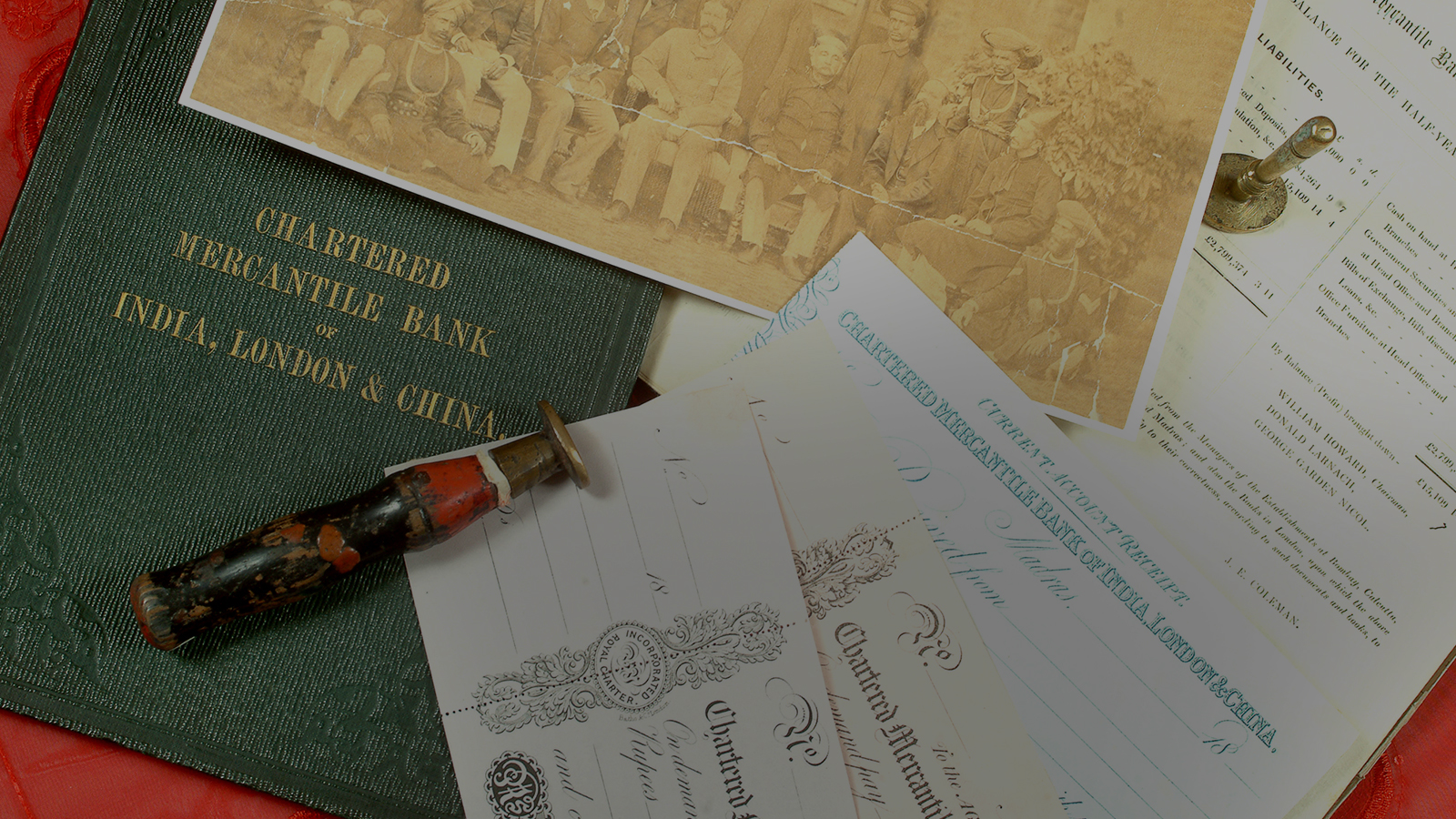
1959
India and the Middle East beckon
HSBC accelerated its transformation into a global business in 1959 when it bought The British Bank of the Middle East, a pioneer in the Gulf states. Later that year it also expanded its footprint in India with the acquisition of the Mercantile Bank.
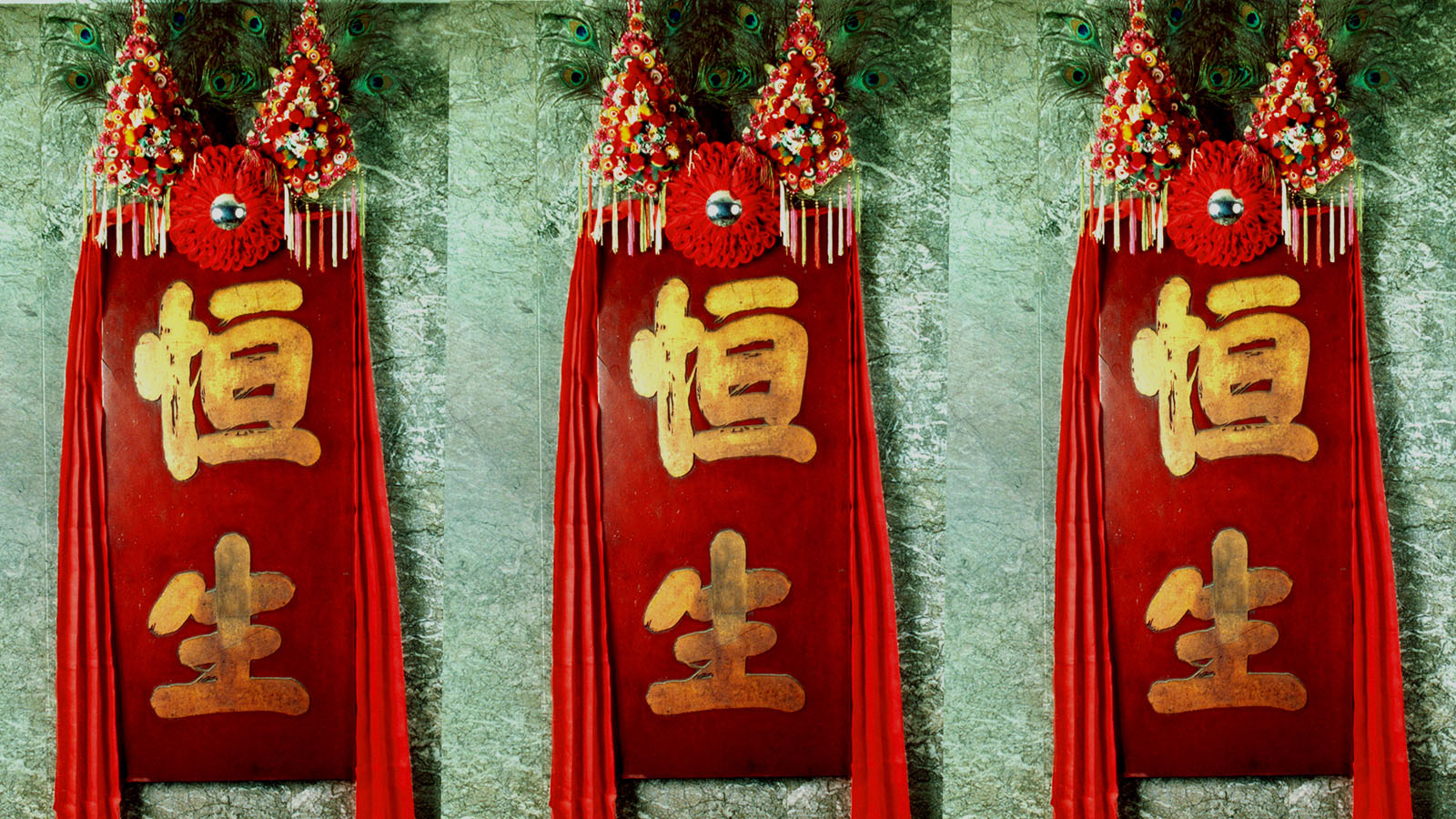
1965
Hang Seng Bank rescue
Hang Seng Bank opened in Hong Kong in 1933. By the 1950s it was seen as the leading private Chinese bank. It became a public company in 1960. But in 1965 a crisis hit the Chinese banking sector which also affected Hang Seng. HSBC came to its rescue by taking a majority stake in the business.
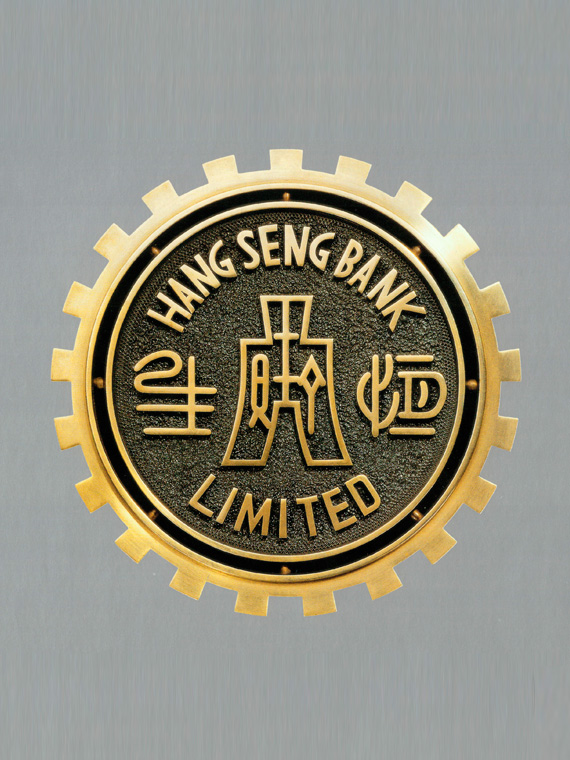
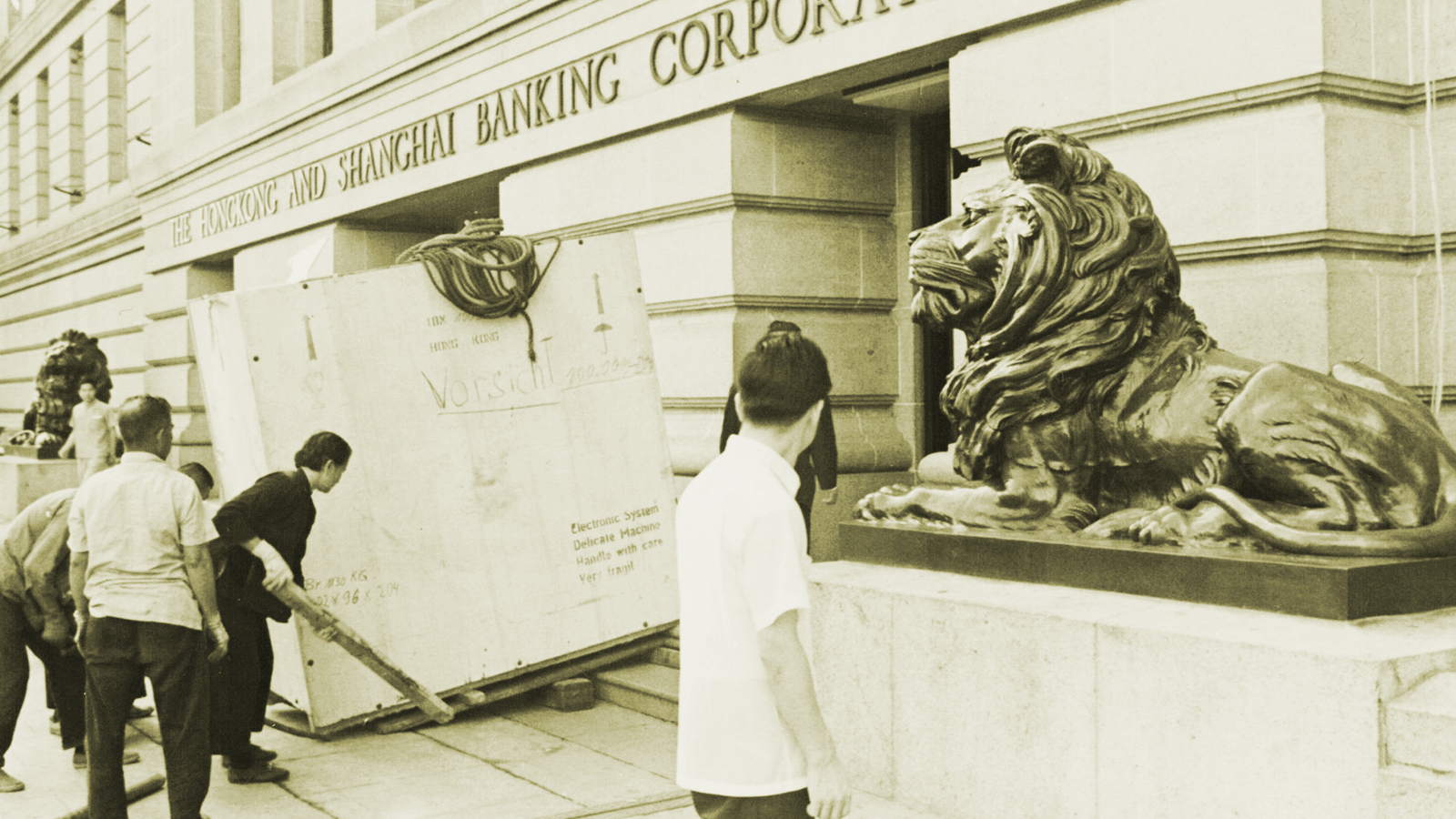

1967
New technology
HSBC’s first computer, the IBM 360, arrived at the head office in Hong Kong in 1967, allowing the bank to computerise customers’ accounts. This revolutionised the way people could bank. For the first time, they could do their banking at any HSBC branch in Hong Kong.
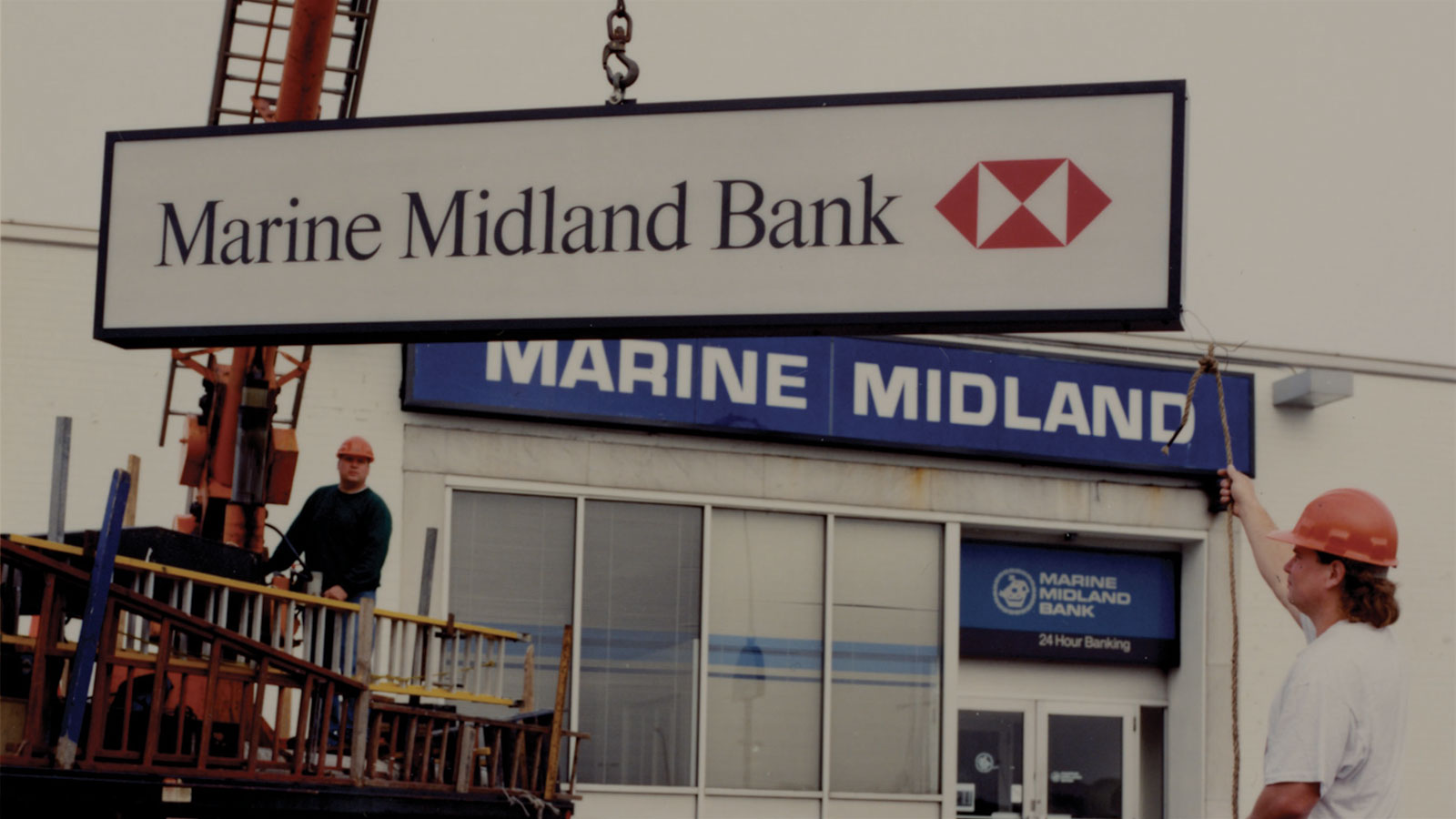
1980
US deal secures global reach
In 1980, HSBC took an important step outside Asia when it bought a controlling stake in the American bank, Marine Midland. Marine had been established in Buffalo in 1850 to finance US trade in corn and wheat and had grown to become one of the most important banks in New York State. HSBC took full ownership in 1987, putting it on the path to becoming a truly global bank.

1984
Rebuilding a presence in China
With a continuous presence in China since 1865, HSBC was well-positioned when, in the late 1970s, China started to open up to foreign investment again. In 1984, HSBC became the first foreign bank to be granted a banking licence in mainland China since 1949, for its branch in Shenzhen. Pictured above is a 1980s brochure illustrating business opportunities in China.
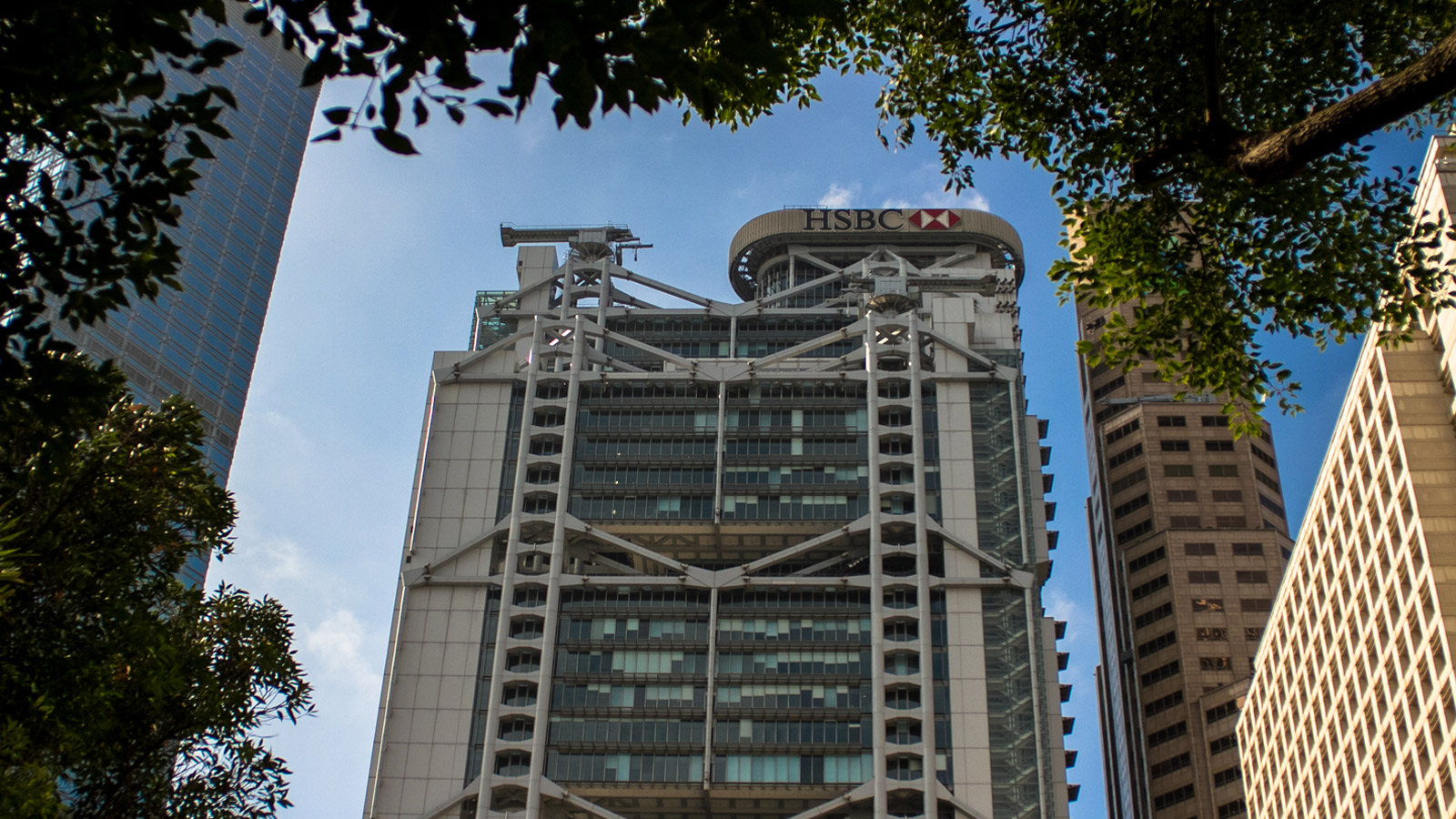
1986
New head office in Hong Kong
HSBC underlined its commitment to Hong Kong by investing in a new headquarters with a ground-breaking design by the British architect Lord Norman Foster. The building’s construction required 27,000 tonnes of structural steel, one million square feet of cladding and up to 4,500 workers on site 24 hours a day. It opened in 1986.
After deals in the Middle East, India and the US, HSBC needed a strong foothold in Europe to transform itself into a truly international bank. In 1992, it achieved this by acquiring the UK’s Midland Bank.
The bank’s long experience and diversification helped it weather the Asian financial crisis of the late 1990s, the global financial crisis of 2008 and the challenges that followed. In recent years it has implemented a series of closures and disposals that have made it easier to manage and better positioned to capitalise on growth opportunities as they emerge.
In China, however, it has grown: both organically, following the establishment of HSBC Bank China in 2007, and through a series of alliances with Chinese financial institutions.
Today HSBC is one of the world’s largest banking and financial services organisations. Its three global businesses serve around 42 million customers in 62 countries and territories. The bank’s global network, access to high-growth markets and balance sheet strength provide a platform for future growth.
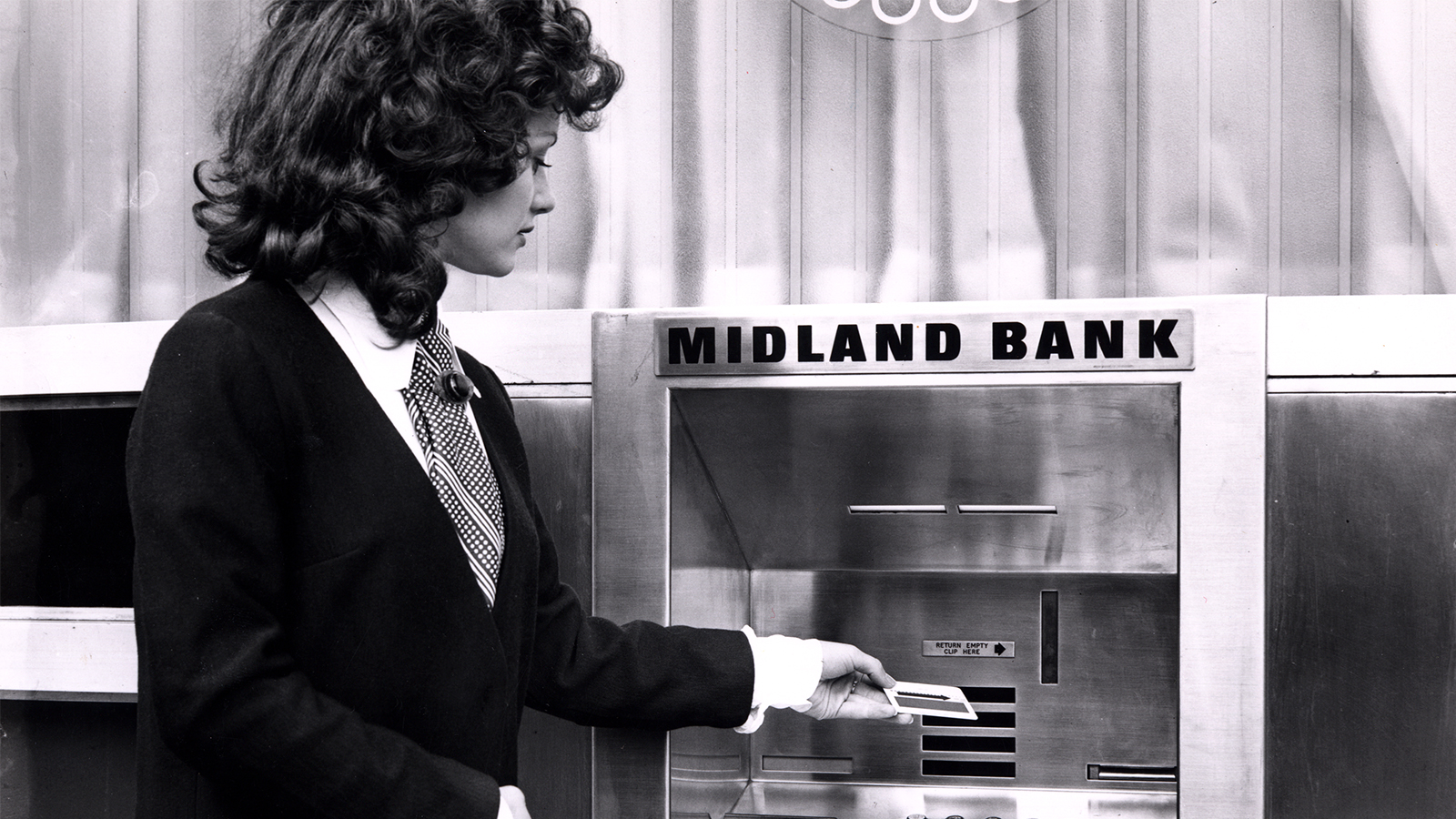
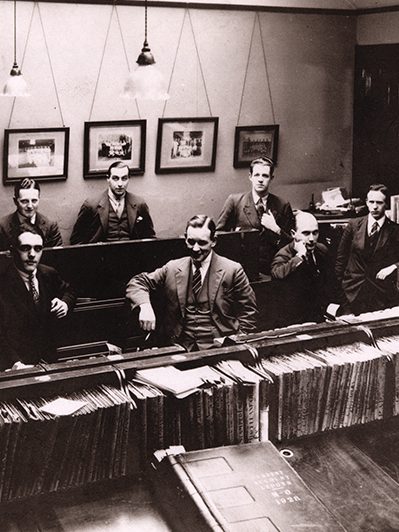
1992
Buying the listening bank
Midland Bank – whose slogan was ‘the listening bank’ – first opened for business in Birmingham in 1836. HSBC bought Midland in 1992 in one of the biggest deals in banking history. To comply with the conditions of the takeover, HSBC established HSBC Holdings plc in London as a parent company for the expanding group.
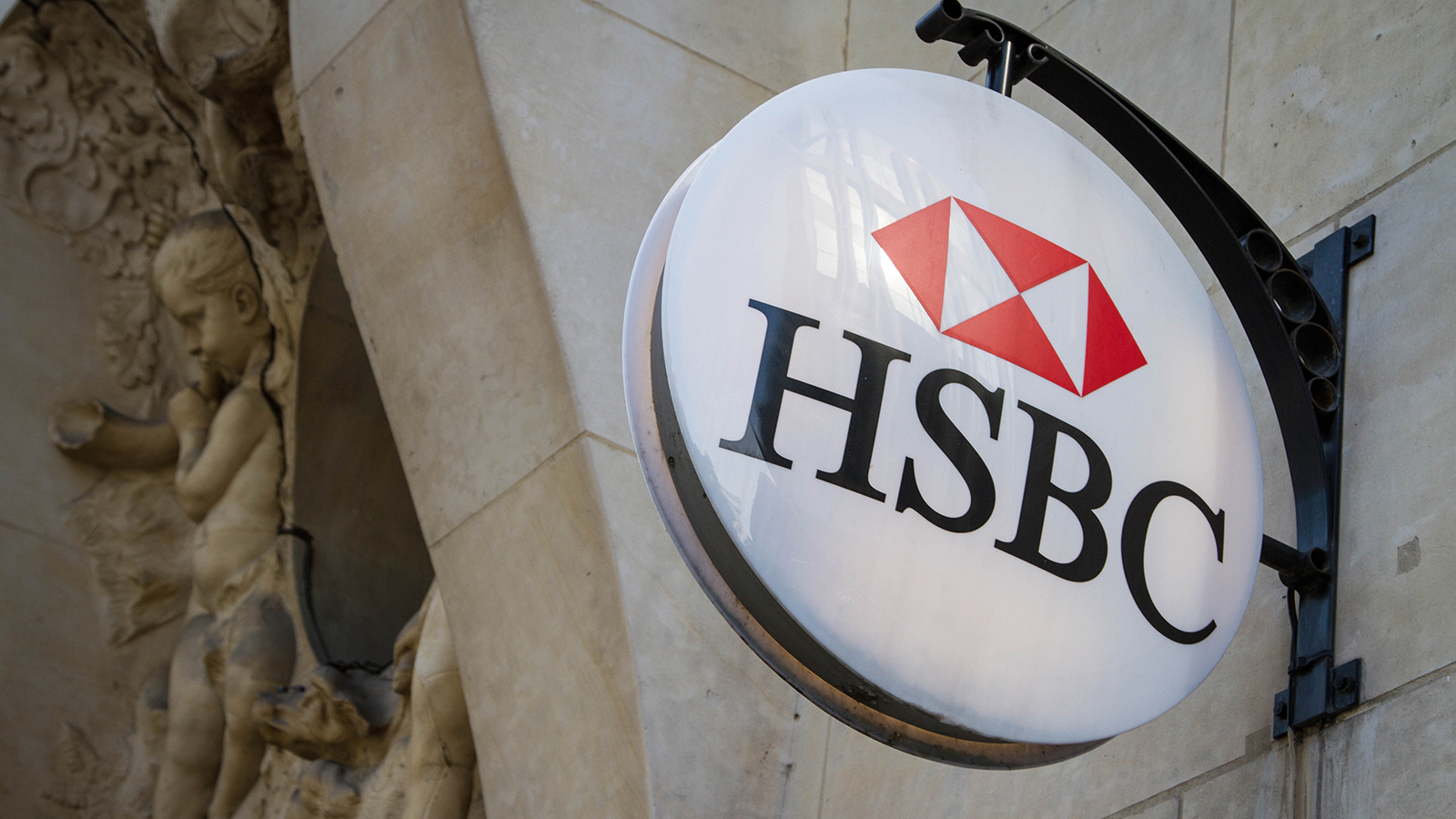
1998
A single global brand
In 1998, the bank decided to adopt a unified brand worldwide, using HSBC and its red-and-white hexagon logo everywhere it operated. The hexagon symbol was derived from the bank’s original house flag, which in turn was based on Scotland’s flag.
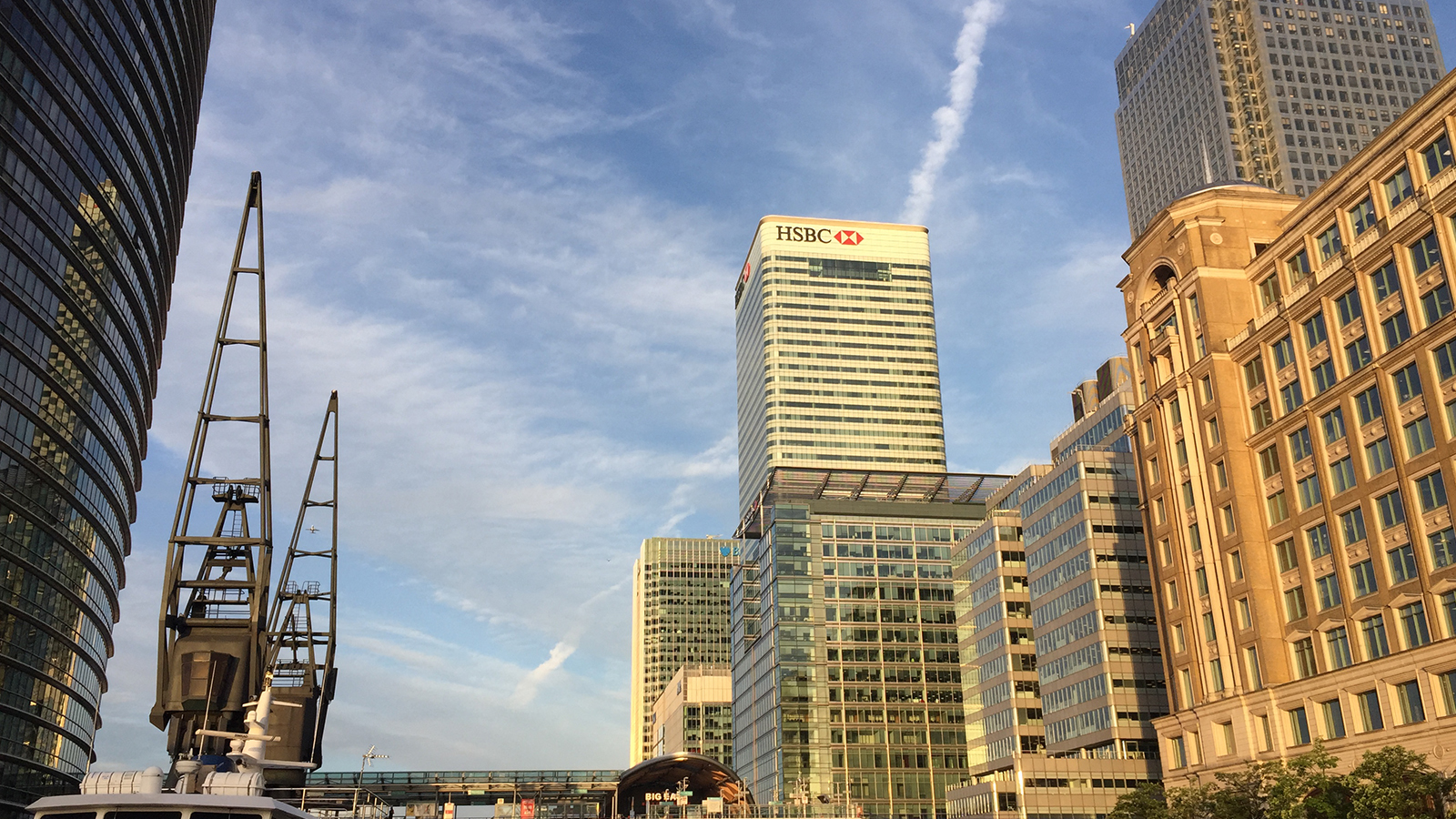
2002
London HQ completed
The construction of the bank’s new global headquarters began in 1999 in Canary Wharf, in London’s former docklands. They were designed by Lord Norman Foster, the same architect behind the HSBC building in Hong Kong. The 42-storey tower was completed in 2002 and features HSBC’s two famous lions outside its main entrance.
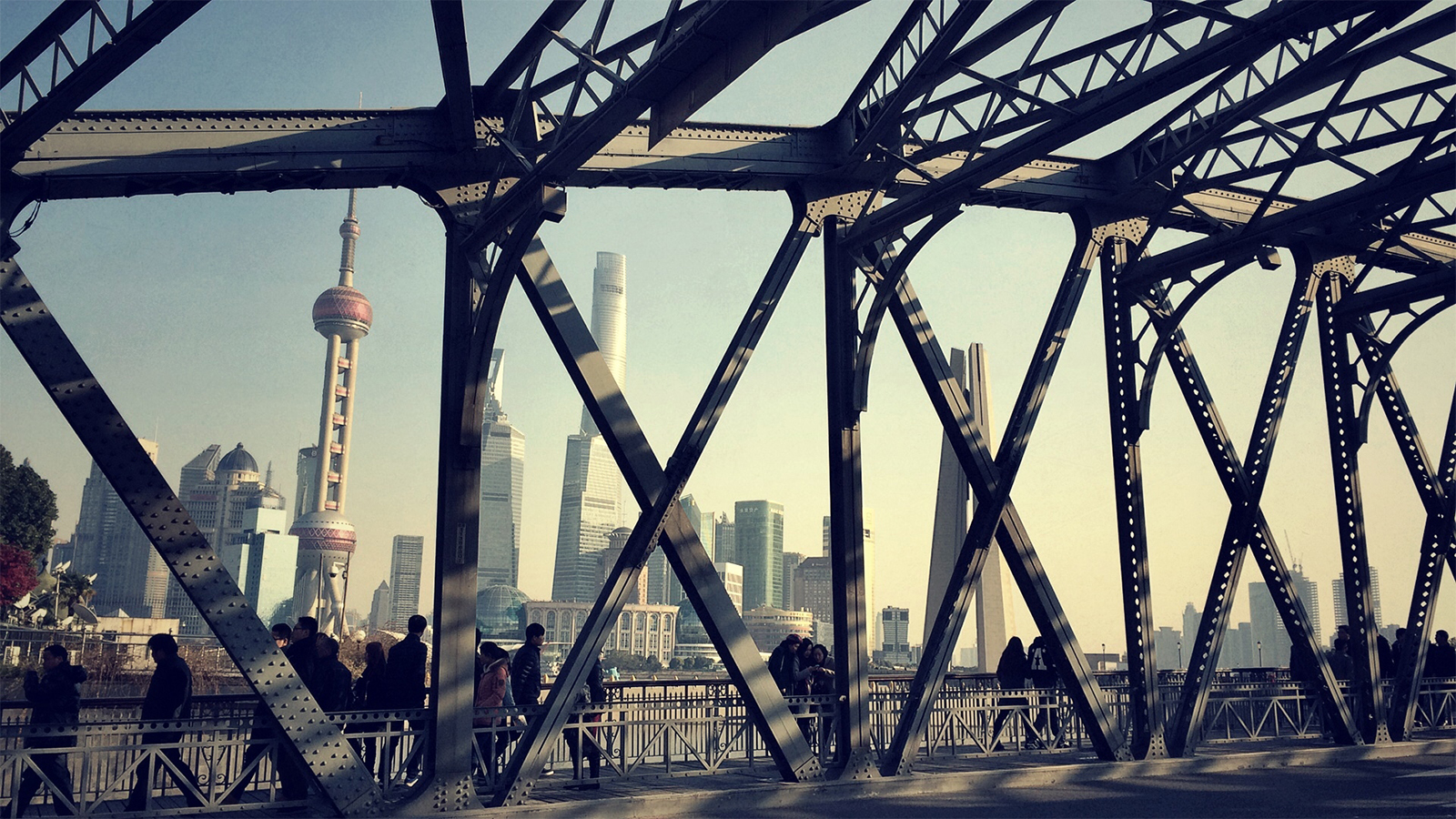
2010
Focus on China
Since the start of the 21st century HSBC has expanded its business in China. The bank opened its new Shanghai headquarters in the city’s Pudong district in 2010, the same year it opened its 100th office in the country. And in 2017, HSBC Qianhai Securities Limited began operating – the first joint venture securities company in mainland China to be majority-owned by a foreign bank.
2018
HSBC UK opens HQ
In July 2018, the bank separated its UK retail banking business and most of its commercial banking business into a new entity called HSBC UK. The move was in response to the UK’s Financial Services (Banking Reform) Act 2013 which required that all banks ‘ring-fence’ their core banking services in the UK. The ring-fenced business opened its new environmentally friendly headquarters in Birmingham in November 2018.
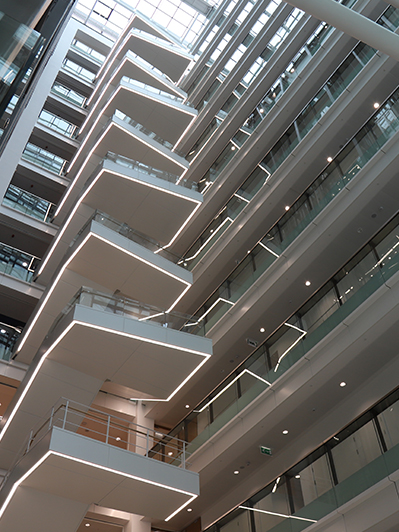


2020
Supporting communities during COVID-19
HSBC has taken a range of measures to support coronavirus recovery efforts, ranging from relief for personal lending customers to extra lending for wholesale clients. Investment in technology has helped employees work from home and deliver a continuous service. The bank’s USD25 million charitable fund, meanwhile, is providing help where it is needed most.

Keep exploring
At HSBC, we believe that how we do business is as important as what we do. Find out more about how we operate, our performance and our strategy.

Our history in depth
Visit the HSBC History website to explore the bank’s rich and colourful heritage in depth, and access our unique archives.
